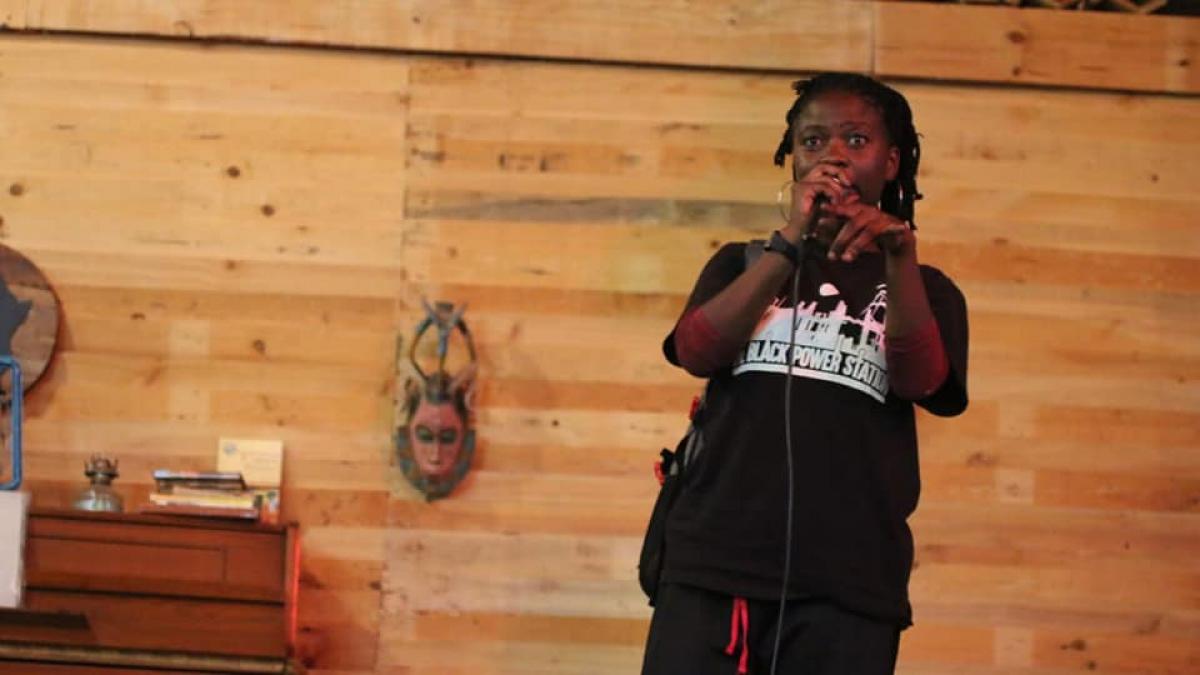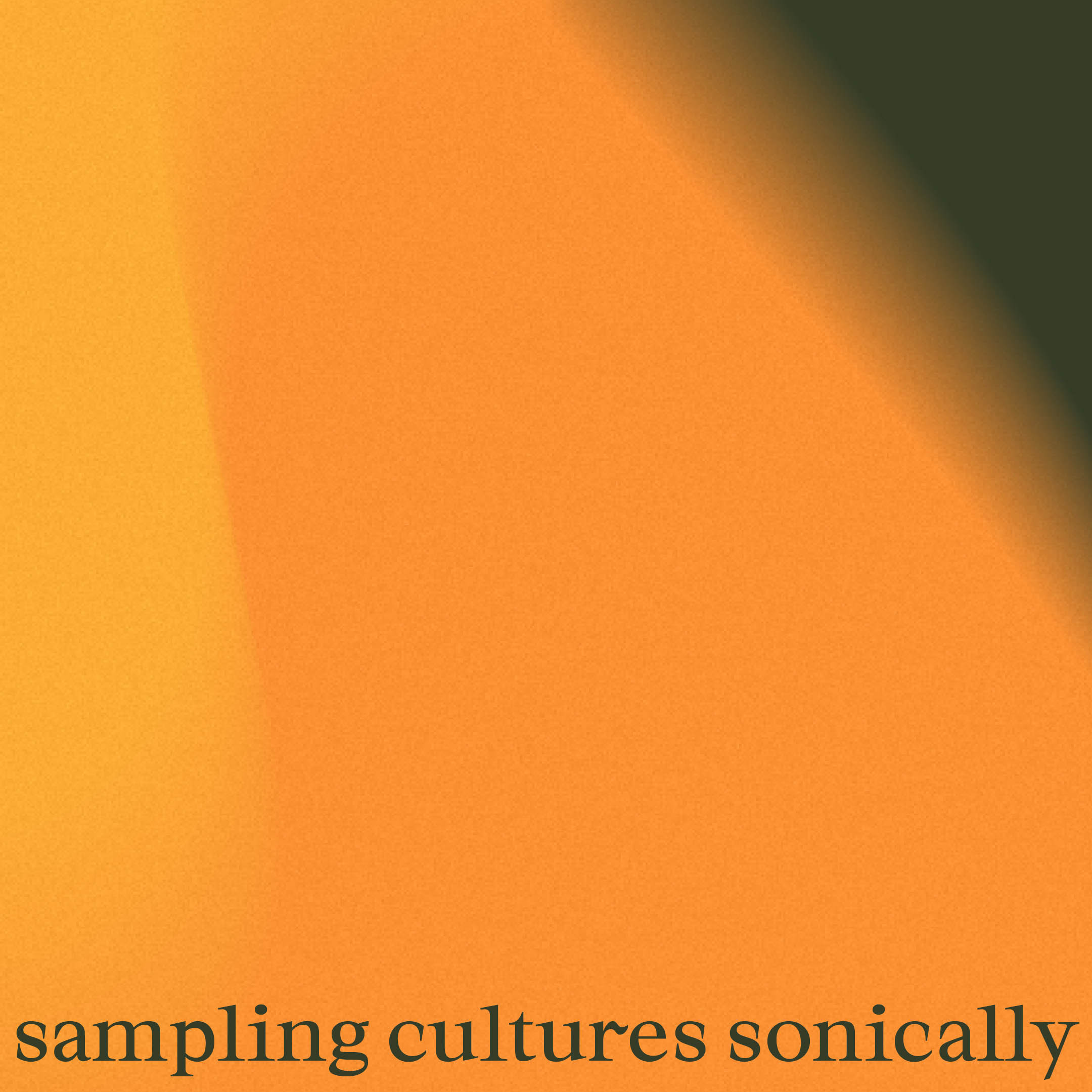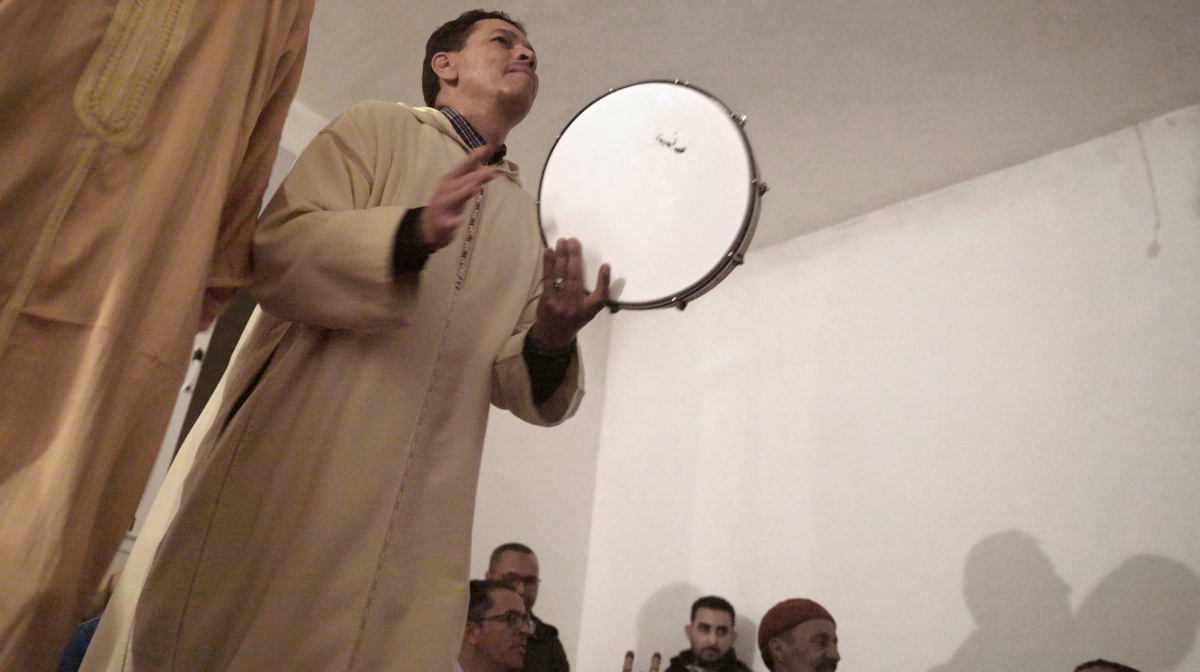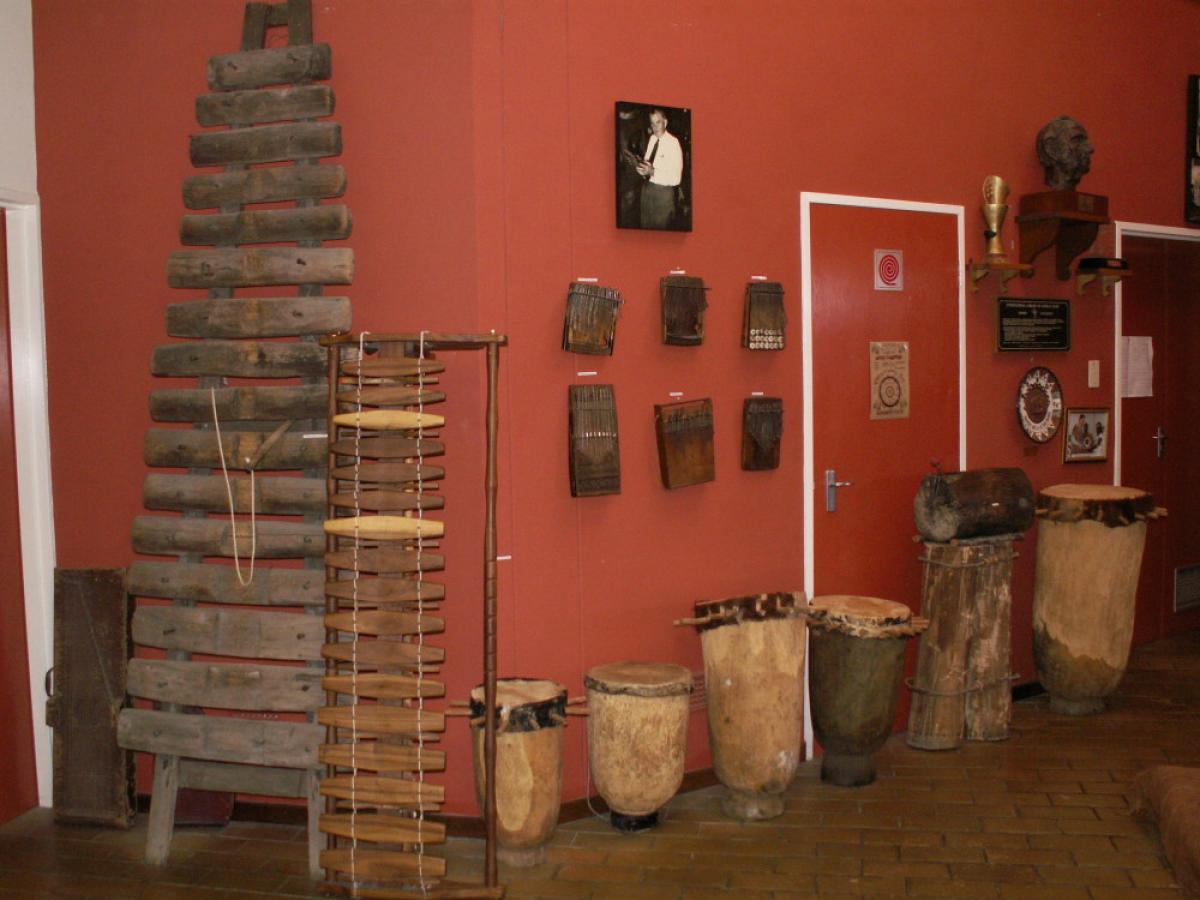
Sampling Between Safeguarding and Renovating
In response to Harry Edwards’ article «Dancing to Colonial Archives», Noel Lobley considers if sampling ethnographic sound fragments must inevitably operate under pre-existing power dynamics or if there are other independent ways to sample, remix, and curate locally-owned culture.
Harry Edwards’ text offers a balanced and insightful take on the potential and problem of monetizing ethnographic samples, wondering what happens when charitable remixing impulses so often lead to decontextualized streams of listening. He asks us to consider the relationship between copyright and deceased artists, while highlighting the potential conflicts that can be seared into any relationship between the music industry and the – typically – slower-moving impulses working inside academic ethnography.
Working with hyper-connected high-status remix artists has the potential to redress economic imbalances between the collector and collected, seen when Roc Nation (Jay Z’s entertainment company) guests Rudimental sampled some of ethnomusicologist Hugh Tracey’s (1903–1977) recordings and then sponsored a new school building for a community in rural Malawi. At the same time well-established Western recording artists often derive and mobilize their economic power through the very same power dynamics which first gave birth to ethnographic sound fragments.
The ethical question of sampling is at least as old as the development of the recording industry, and has crescendo-ed to a fever pitch since lawyers in the early 1990s worked both with and against artists to monetize recorded sonic expression. For every legal mind working with Metallica to lock down identifiable recorded fragments, there will always be a Lawrence Lessig or an Alec Empire who want us to resist the growing impulses that copyright a sliver of a beat of a bar music. If the robots are indeed coming after our playlists, by the time we get to Travis Bott – the AI rapper mimicking Travis Scott – it seems we may even need to think about copyrighting the texture, the timbre, the very vibrational particles inside our own voices.
New Politics of Sampling?
Mixed through his pioneering vision, Edwards shows some of the ways that Tracey’s cultural sampling practices were inevitably driven by retrograde outsider views of African authenticity, as he reproduced extractive models through which mining companies literally supported the mining of traditional music. He then asks whether today’s hybrid international productions that plant and grow ethnographic fragments inside house, dubstep, and electronica can ever escape and redress the modes of patriarchal folk song collecting.
So, is there a new politics to be heard in sampling cultures sonically, or do the power plays remixing ethnographic fragments still sound the same? Today, there are plenty more punk ethnographers, stronger calls for un-curating sound, and deeper understandings of immersive audio, underwater and geothermal sonics, and post-humanism, where ponds are sentient, the forests think, while we can marvel through mics at the in-flight rolling of pigeons described in sound.
If one of the problems of 20th century recording and listening was simply fragmentation – the creation of compressed documents sliced from broader and deeper and wider soundscapes – then the challenge for sampling in the 21st century could well be to find ways to re-integrate samples within the living and immersive sound environments from which they were ripped. Sound fragments might then become the seeds to build, amplify and renew the cultural practices that create and compose the rich listening worlds that always attract collectors, recordists, and producers.
The Beating Heart Project’s (BHP) sampling of field recordings from ILAM – the largest collection of field recordings of African music in Africa, and one of the most important collections of music anywhere in the world – is fascinating, stylish, and timely. Cutting-edge audio and visual production mobilizes the onward rushing-dynamism of an internationally-legible aesthetic with an open-hearted desire for social responsibility. The infusion of killer productions from the likes of Rudimental, Coen, or Machinedrum coolly bring sleek and sharp club and festival amplification, that transforms ethnographic fragments from a cold-storage room owned by Rhodes University into metropolitan spaces.
Open Source or Lock-Down?
I have personally had the pleasure of visiting school and farming projects in Malawi that the BHP helped develop, and have admired the rows of iMac computers lined inside a container in Joza township in Makhanda, South Africa, generously secured for the Access Music Project (AMP), a music initiative that provides professional music education to marginalized schoolchildren «to enable young musical people, who would not otherwise have the opportunity, to realise musical futures» (Access Music Project 2016). Are there more socially-responsible ways of sampling practice? Can we see through the weeds waving on the ocean floor where Jay-Z, Madonna, Herbie Hancock, Coldcut, and Jlin joust with millions of others for ownership of whose sliced sound? No need for the law courts anymore, we are probably not far away from instantly being fined by robots for unauthorized use of samples. Do we need more open-source, or more lock-down of sounds to protect originators at a time when it becomes nearly impossible to make money from recording your artistry?
I personally derive deep inspiration from some of the independently-run auto-archiving cultural projects that focus on the creating, recording, archiving, and licensing of their own expressions, no longer relying on external agents to amplify their profiles. Around Hip Hop is a Xhosa-owned company established by visionary arts activist Xolile Madinda, and was set up to run a whole series of community projects including The Black Power Station (TBPS), an arts performance space that showcases myriad upcoming artists such as the praise poet Bhodl’ingqaka and the rapper Lunakill. Aside from being one of the most organically-alive grassroots arts spaces on the planet, TBPS works with ILAM to share ethnographic sound fragments while simultaneously nurturing the very cultural environments that create and understand Tracey’s archival extracts.
Sustainable Sampling
Ceremonial songs in the archive are re-inserted into live performance art among contemporary versions of the same; field recordings of «izibongo» praise poetry (see video below) are DJ-ed alongside live praise poets who prowl the venue roaring their rumbling voices for the live people gathered. Hip hop artists listen to the fragments and then spit new verses over crackling fires for their latest cuts and videos dealing with visions, premonitions and conscious flow (see video above). Today’s ILAM admires and supports the community-grounded cultural work of TBPS and AMP, both locally-facing projects with ambitions to uplift the townships and the Eastern Cape province by growing economies that support creativity.
This video by the praise poet (imbongi) Bhodl'ingqaka refers directly to the «izibongo» praise poetry
If they ever could, ethnographers might never again be able to claim status as the all-seeing, all-hearing, all-feeling eyes. Sound hunting, musical anthropology, and audio adventurism have so often been solipsistic pursuits, typically retaining the relational dynamics of the conductor to her orchestra. Now in and around The Black Power Station we can hear independent artistry and communal curation working together to build a sustainable economy. It needs and seeks no permissions, welcomes the creative collaborations linking local, national, and international artistry of the type woven by the Beating Heart Project, while never losing sight of its own original aims to build local economies to support, produce, and amplify self-possessed art.
Appropriate authorship here seems to lie somewhere between the institutional safeguarding of the samples held by ILAM and the renovating, reclaiming, and re-purposing made possible by radical independent artistry that keeps its relevance by keeping its own cultures.
List of References
This article is part of Norient’s online publication Sampling Politics Today, published in 2020 as part of the research project «Glocal Sounds – Re-Working and Re-Coding Place References» (No. 162797), funded by the Swiss National Science Foundation (SNSF) and supported by the Bern University of the Arts HKB.
Bibliographic Record: Lobley, Noel James. 2020. «Sampling Between Safeguarding and Renovating». In Sampling Politics Today, edited by Hannes Liechti, Thomas Burkhalter and Philipp Rhensius (Norient Sound Series 1). Bern: Norient. DOI: 10.56513/nftg6449-21.
Biography
Links
Published on September 24, 2020
Last updated on March 21, 2024
Topics
About the ups and downs of cross-cultural creativity: Korean reggae, vaporwave, and the worldwide Hindu Holi festival.
From Bangladeshi electronica to global «black midi» micro scenes.
How can sound & music be preserved and at the same time evolve in line with the present?
Sampling is political: about the use of chicken clucks or bomb sounds in current music.
What happens when U.S.-blogger collects african music and offers it for free? What is the difference between «textually signaled» and «textually unsignaled»?
How did the internet change the power dynamic in global music? How does Egyptian hip hop attempt to articulate truth to power?
Special
Snap


